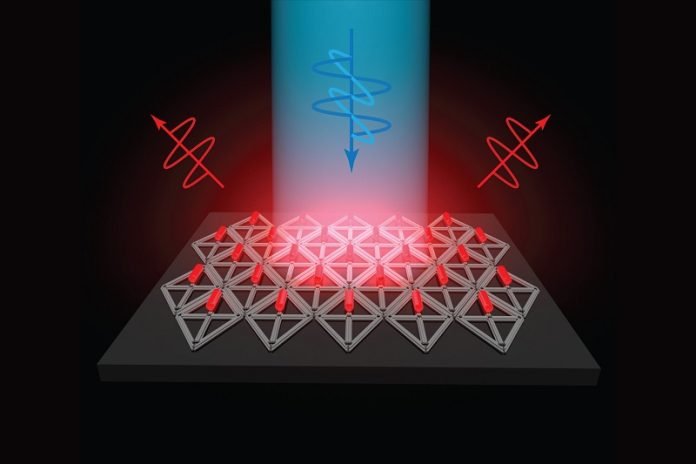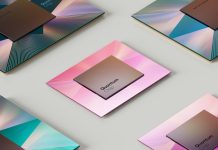
Have you ever watched a 3D movie with those special glasses? Or tried virtual reality (VR) games?
These use technology to make images jump out at you. Well, scientists at MIT have found a way to make these experiences even cooler!
Flat screen TVs nowadays sometimes use tiny things called ‘quantum dots’ to make images look amazing. But there’s another shape of these tiny things – ‘quantum rods’ – that are like stretched-out quantum dots.
These rods can change the color and direction of light, making 3D images for VR even better. The problem? It’s been really hard to set them up in a way that’s useful for our gadgets.
That’s where the MIT team’s idea shines. They used special structures made of DNA (yes, the same DNA that makes up our genes!) to help place these quantum rods in the right spot and direction.
Think of it like setting up dominoes in a row, but on a super tiny scale.
Mark Bathe, the main scientist on the project, says that the big challenge with quantum rods is getting them all to point in the same direction. If they’re all lined up, they can control light in a special way.
How did they do this? With what’s called ‘DNA origami’. Just like paper origami where you fold paper into shapes, DNA origami uses DNA to fold into tiny structures.
In the past, Bathe’s team has shown they can make different shapes using DNA. This time, they used it to make a spot for each quantum rod to sit, all pointing in the right direction.
Other methods tried to line up these rods using things like rubbing or using electric fields. But they didn’t work that well. The MIT method ensures the rods stay far enough apart so they don’t mess with each other’s light.
The cool part? The way they set up the quantum rods on the DNA structures is like fitting puzzle pieces together. The rods sit on the DNA just right, so they all point the same way and are spaced out perfectly.
To make this happen, another scientist, Chi Chen, came up with a super quick way to attach DNA to these quantum rods. He mixed DNA and rods together, dried them up fast, and made the DNA stick to the rods. This process is speedy, taking only a few minutes! Usually, such things can take days.
After sticking the DNA to the rods, the rods then attach to the DNA structures, almost like Velcro. These structures then join together on a surface, forming a thin film.
The goal now? To use this method to create large surfaces filled with these quantum rods. This could improve our gadgets, like microLEDs or VR devices.
Robert Macfarlane, another scientist involved, says that this method is fantastic because it lets them place the rods just right. They now want to make even bigger and more complex designs.
Bathe adds that using DNA is brilliant because it’s natural and can be made in big amounts. The next step is making sure these quantum rods are safe for the environment and then moving this tech into our everyday devices.
So, the next time you put on those VR glasses, remember – some tiny DNA puzzles might be making your experience even more mind-blowing!
The study appeared in Science Advances.
Follow us on Twitter for more articles about this topic.



